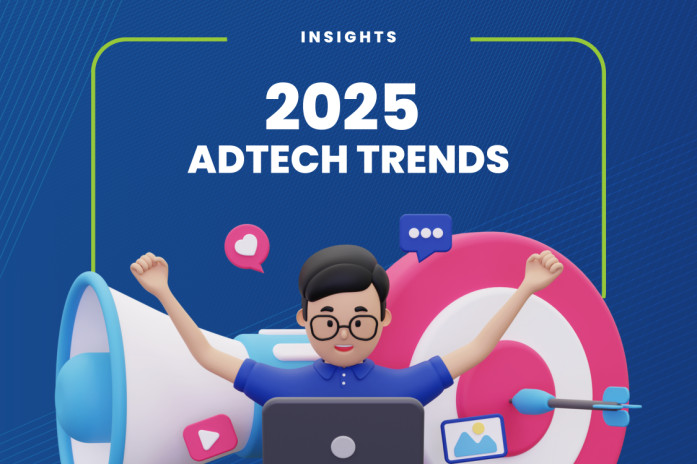As the ad tech landscape evolves, 2025 promises to be a pivotal year for digital advertising, with key trends already emerging.
BARCELONA, SPAIN / ACCESSWIRE / October 17, 2024 / Magali Quentel-Reme, CEO of Opti Digital; Mohsin Pervez, Senior Director of Platform Solutions and Operations, EMEA at PubMatic; and Langdon Miller, Director of Programmatic at Brainly, share their insights on the future of the AdTech landscape and the key trends set to shape programmatic in 2025.

Addressability Solution
With over 50% of third-party cookies already phased out and Google's pivotal July 2024 announcement granting users control over cookie settings, the need for effective alternatives is more critical than ever.
Langdon Miller, Director of Programmatic at Brainly, explains that "the integration of probabilistic and deterministic IDs, first-party data, contextual segmentation, and bid decoration has led to sustained performance and increased yield." This is echoed on the buy side, with a growing reliance on first-party data and contextual targeting.
As the focus shifts to these new strategies, publishers are prioritizing quality to enhance value for advertisers. This highlights the importance of sell-side curation, prompting publishers and partners like Opti Digital to curate and filter ad inventory based on specific metrics.
Ad Latency & Web Performance
According to a study run by Opti Digital, the average ad script on publishers' websites can weigh up to 1.6 MB on page load. Magali Quentel-Reme, CEO of Opti Digital, emphasizes that "a heavier ad stack leads to lower ad revenue; as it slows down ad delivery, decreases ad viewability and CTR, drives users away, and negatively impacts both audience and monetization." Her company reports better results with Opti Digital's ad stack, which is five times lighter.
To maintain good Core Web Vitals and protect their organic traffic from search engines, many publishers are also reducing their reliance on client-side header bidding, opting for server-side auctions to speed up auctions and reduce creative load times. However, a hybrid approach that combines client and server-side auctions seems best, as some SSPs lack compatibility with server-to-server auctions.
AI & Bid Optimization
In 2025, the focus should shift to identifying the most efficient routes that add value for both advertisers and publishers. This is where traffic shaping and machine learning algorithms become essential.
If an SSP were to receive 50 billion impressions daily across publishers and send the corresponding bid requests to 100 DSPs without any traffic shaping, this would lead to an untenable 5 trillion bid requests. This level of volume can lead to significant infrastructure waste, as only one DSP can win each auction. Mohsin Pervez, Senior Director of Platform Solutions and Operations, EMEA at PubMatic, notes, "By analyzing past bid patterns, traffic shaping helps SSPs identify underperforming bids and prevent unnecessary requests, simplifying the entire supply chain."
As the digital advertising landscape evolves, tackling the challenges of a cookieless future, enhancing ad latency, UX, and optimizing bid auctions will be crucial for both publishers and advertisers.
Contact Information:
Maëva Caratis
PR & Events Manager
[email protected]
+1 (646) 551-0848
SOURCE: Opti Digital
View the original press release on newswire.com.




